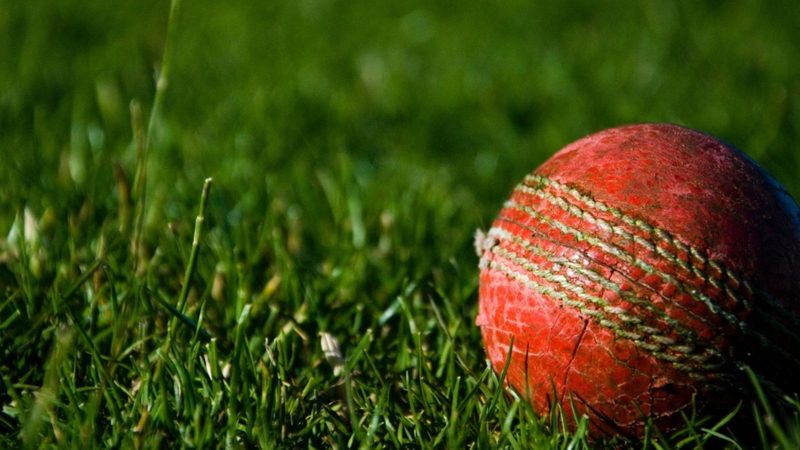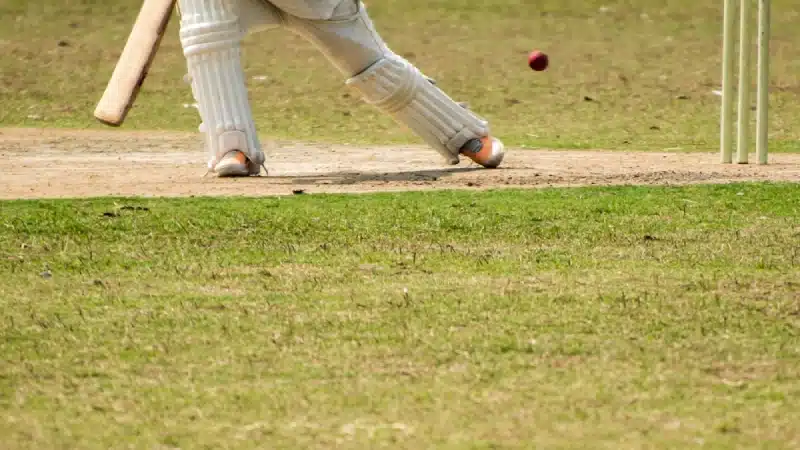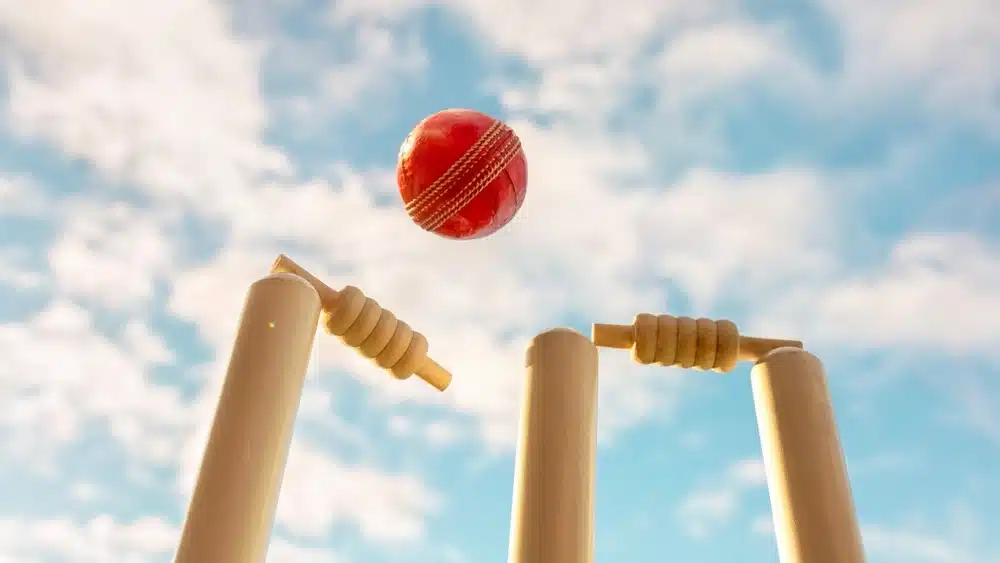
They say batters win you games but bowlers win you tournaments when it comes to cricket at the highest level.
This, particularly, is true in Test cricket where no matter how many runs batters combine to contribute, ultimately it is the bowlers who need to step up and ensure all 20 wickets of the opposition team is taken for their team to win the contest.
Even in cricket’s shortest format, it has been noticed that teams with the better bowlers who are capable of executing difficult deliveries in pressure situations are often the difference between a win and a loss for a team.
All things considered, having quality bowlers in your team who can consistently take wickets to win you games come at a premium in cricket.
Over the years, cricket has evolved to give us various types of bowlers. Whether it is bowlers with raw pace or tricky chinaman spinners, the game has developed in a way where those with balls in hand have come about different ways to undo batters.
While spin bowlers can be classified into off-break, leg-break, and wrist spinners to name a few, pace bowlers are generally divided into swing and seam bowlers.
Here, we have a closer look at seam bowlers and more particularly, the seam meaning in cricket.
Seam meaning in cricket
The seam in a cricket refers to the middle part of the ball that is stitched evenly across the circumference of the ball.
Bowlers who make use of the stitched up middle part of the ball by gripping it in numerous ways are known as seam bowlers.
What seam bowlers tend to do is get the better of batters by strategically gripping and using the seam of a ball. Basically, seam bowling is technique with the help of which the ball is intentionally bowled on to its seam, to cause a random deviation after the ball bounces on the pitch.
The use of the seam to bowl to batters makes the ball beat the bat with the help of unpredictable and abrupt movement of the ball after it hits the pitch.
This abrupt and unpredictable movement happens because of the external stitching along the ball’s circumference - known as the seam - making contact with the surface.
Unlike swing bowling which is dependent on the ball’s movement in the air because of a difference in airflow on either side of the seam, seam bowling is reliant on abrupt and unexpected movement after the ball's seam makes contact with the pitch.
The random behaviour of the ball after its seam hits the pitch is what makes this technique of bowling so difficult for opposition batters to deal with.
There are various different types of seam balls depending on the type of grip a bowler uses on the seam while executing a delivery.
The scrambled seam, the seam-up ball, the tilted seam ball, the cross seamer, and the cutter are some of the different types of seam deliveries that exist.
The ideal conditions for seam bowling where maximum deviation is possible is when the pitch is a green-top surface with grass covering for grip.
Furthemore, a hard surface coupled with a hard seam enables sustained seam movement for longer durations to test batters.
Bhuvneshwar Kumar, Mohammed Shami, Pat Cummins, James Anderson, Ryan Sidebottom, Glenn McGrath and Shaun Pollock are some of the best proponents of seam bowling that the game of cricket has seen.
Photo credit: Unsplash




















